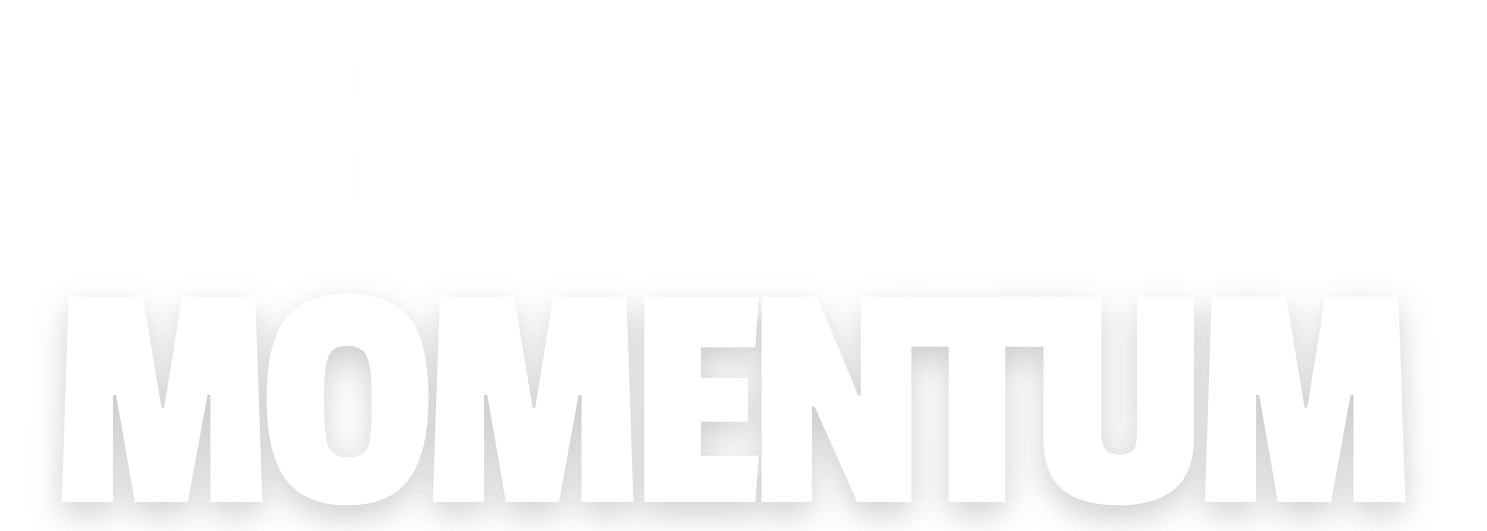Email marketing is one of the most effective and affordable ways to reach your target audience, build trust, and generate sales. According to a recent study by Litmus, email marketing has an average ROI of 42:1, which means that for every $1 you spend on email marketing, you can expect to get $42 back.
But how do you make sure that your email marketing campaigns are successful and deliver the results you want? How do you stand out from the crowd and get your subscribers to open, read, and click on your emails?
In this article, we will share with you 5 email marketing best practices that can help you increase your conversion rate and grow your business. These are proven strategies that have worked for many successful businesses and entrepreneurs, including Opus Momentum, a 360-degree digital marketing agency that helps businesses in Bhopal and beyond to achieve their online goals.
Here are the Email Marketing Best Practices your company needs to follow
Know Your Audience and Segment Your List
The first and most important step in email marketing is to know your audience and segment your list accordingly. Segmentation is the process of dividing your email list into smaller groups based on their characteristics, preferences, behavior, or needs. For example, you can segment your list by:
- Demographics: age, gender, location, income, etc.
- Psychographics: interests, hobbies, values, personality, etc.
- Behavior: purchase history, browsing history, email engagement, etc.
- Needs: pain points, challenges, goals, etc.
Segmentation allows you to send more personalized and relevant emails to your subscribers, which can improve your open rates, click-through rates, and conversion rates. According to a report by Campaign Monitor, segmented campaigns have an open rate that is 14.31% higher, a click-through rate that is 100.95% higher, and a conversion rate that is 4.65% higher than non-segmented campaigns.
To segment your list effectively, you need to collect and analyze data about your subscribers. You can use various tools and methods to do this, such as:
- Signup forms: ask your subscribers to provide some basic information when they join your list, such as their name, email address, location, industry, etc.
- Surveys: send your subscribers a short survey to ask them about their interests, preferences, feedback, etc.
- Analytics: use tools like Google Analytics, Facebook Pixel, or email marketing software to track and measure your subscribers’ behavior, such as what pages they visit, what products they buy, what emails they open, etc.
Once you have enough data, you can use your email marketing software to create segments based on the criteria you choose. For example, if you are a digital marketing agency, you can create segments based on the type of service your subscribers are interested in, such as SEO, social media, web design, etc.
Write Compelling Subject Lines and Preheaders
The subject line and the preheader are the first things that your subscribers see when they receive your email. They are the deciding factors that determine whether your subscribers will open your email or not. Therefore, you need to write compelling subject lines and preheaders that capture your subscribers’ attention and curiosity.
A good subject line and preheader should:
- Be clear and concise: avoid using vague or misleading words that confuse your subscribers or make false promises. Keep your subject line and preheader short and simple, preferably between 6 to 10 words.
- Be relevant and specific: make sure that your subject line and preheader match the content and purpose of your email. Use keywords that your subscribers are looking for or interested in.
- Be catchy and creative: use words that evoke emotions, curiosity, urgency, or excitement. Use humor, questions, numbers, emojis, or personalization to make your subject line and preheader stand out.
Some examples of compelling subject lines and preheaders are:
- Subject line: How to get 10x more leads with email marketing
- Preheader: The ultimate guide to email marketing for B2B businesses
- Subject line: You’re invited to our exclusive webinar
- Preheader: Learn the secrets of digital marketing from the experts
- Subject line: Last chance to save 50% on our services
- Preheader: Don’t miss this amazing offer, ends today
Design Responsive and Attractive Emails
The design of your email is another crucial factor that affects your conversion rate. A well-designed email can enhance your brand image, improve your readability, and increase your engagement. On the other hand, a poorly-designed email can damage your reputation, confuse your subscribers, and reduce your clicks.
A good email design should:
- Be responsive and mobile-friendly: according to Statista, more than half of all emails are opened on mobile devices. Therefore, you need to make sure that your email design adapts to different screen sizes and resolutions, and that your text, images, and buttons are easy to read and tap on mobile devices.
- Be consistent and branded: use your brand colors, fonts, logos, and images to create a consistent and professional look for your emails. This can help you build trust and recognition among your subscribers and increase your brand awareness.
- Be simple and clean: avoid using too many colors, fonts, images, or elements that can distract your subscribers or slow down your loading time. Use white space, headings, bullet points, and short paragraphs to organize your content and make it easy to scan and read.
Provide Valuable and Engaging Content
The content of your email is the core of your email marketing campaign. It is what delivers your message, educates your subscribers, and persuades them to take action. Therefore, you need to provide valuable and engaging content that meets your subscribers’ needs and expectations.
A valuable and engaging content should:
- Be relevant and useful: provide information, tips, solutions, or resources that can help your subscribers solve their problems, achieve their goals, or satisfy their curiosity. Avoid sending irrelevant or outdated content that can bore or annoy your subscribers.
- Be original and unique: create your own content that showcases your expertise, personality, and voice. Avoid copying or plagiarizing content from other sources that can damage your credibility and reputation.
- Be clear and persuasive: use clear and simple language that your subscribers can understand and relate to. Use persuasive words and techniques, such as storytelling, testimonials, social proof, or scarcity, to convince your subscribers to take action.
Include a Clear and Compelling Call to Action
The call to action (CTA) is the final and most important step in your email marketing campaign. It is what tells your subscribers what to do next, such as clicking a link, downloading a file, signing up for a webinar, or buying a product. Therefore, you need to include a clear and compelling CTA that motivates your subscribers to take action.
A clear and compelling CTA should:
- Be visible and prominent: place your CTA at the end of your email, or above the fold if possible. Use a contrasting color, a large font size, and a button shape to make your CTA stand out from the rest of your email.
- Be specific and action-oriented: use verbs that describe the action you want your subscribers to take, such as “Download”, “Register”, “Buy”, etc. Avoid using vague or passive words, such as “Click here”, “Learn more”, etc.
- Be urgent and enticing: create a sense of urgency or excitement that encourages your subscribers to act quickly, such as “Limited time offer”, “Only a few spots left”, “Don’t miss this opportunity”, etc.
These are the 5 email marketing best practices that can help you increase your conversion rate and grow your business. By following these tips, you can create effective and successful email marketing campaigns that can generate more leads, sales, and revenue for your business.
If you need more help with email marketing or any other aspect of digital marketing, you can contact us at Opus Momentum, a 360-degree digital marketing agency that helps businesses in Bhopal and beyond to achieve their online goals. We have a team of experts who can help you with SEO, social media, web design, content marketing, and more. Whether you need a one-time project or a long-term partnership, we can provide you with the best solutions and results.
To learn more about us and how we can help you grow your business, visit our website or send us an email today. You can also follow us on Facebook, Twitter, and Instagram to get the latest updates and tips on digital marketing.

